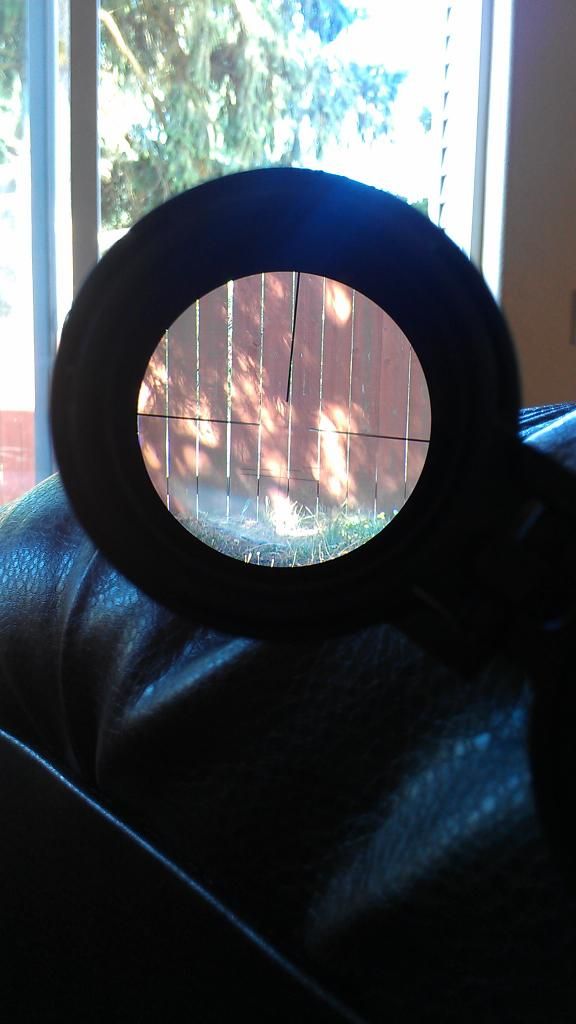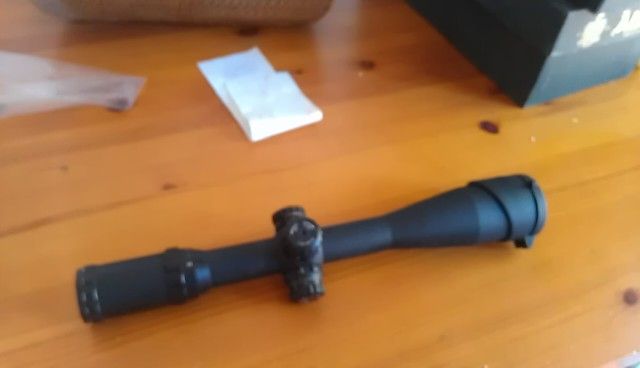So, I want to start by saying that I hope I learn something out of this, and I certainly hope that people who know more than me will point me to what I am missing, instead of being sarcastic of disruptive, because
I think there is something afoot here. I have come to a: "The emperor has no clothes" moment when it comes to glass quality, but may be it's my eyes. So I need your honest input
I have been playing with a lot of mid-end scopes, Leupold, Bushnel Elite, Vortex, then I recently got a S&B 3-20. My first high end scope! So obviously I was expecting to see what everyone had been talking about.
We all looked through, or dabbled in airgun scopes before I am sure. Barksa, UTG and all the heretic scopes out there. Comparing those UTGs to mid-end scopes glass quality wise, frankly I couldn't see the difference before, but then I thought well, may be it's because those are mid-end scopes, "When I get the S&B, I ll see what glass quality really is about" Well I have been looking through the Bender for 2 days now, low light, short range, long range, and I honestly can't see a substantive difference between my S&B 3-20 and a random UTG I found from airgun days. Frankly guys I can't.
I looked at a platform 1100 yards away, and I can't really see the difference with the UTG. I see every detail just as fine with both. Something I had noticed between the UTG and the mid-end scopes before, but suppressed and ignored. I have gone through all the glass posts on here, I tried my best to read all of them. I routinely see, people say: great glass here, better glass there, this one is much clearer. Is there something wrong with me?
I even went as far as picking up a hunting scope for 20 bucks at dicks, and going that cheap I can clearly see a great deal of difference glass wise, but again nothing glass wise that would prevent a 1200 yard shot if the $20 scope could track and resist recoil. I can see every detail at 1100 yards with that 20 bucks 3-9 power scope as I can see at 9 power with the bender.
What could it be? Do I have super powers, do I have a super UTG? Is my Bender fake?
Or do we all need to admit something we ve all always noticed, but no one really had to courage to expose? I am just dumbfounded. Now, I am young and I have 20/20 vision, in fact was at the doctor's last week for a mandatory physical. Is that the reason? or is it something else afoot? Someone please help me! I posted pictures of both in my back yard. If the reticles were obscured, could you tell the difference glass wise between the $44 UTG and the $3600 Bender?




I think there is something afoot here. I have come to a: "The emperor has no clothes" moment when it comes to glass quality, but may be it's my eyes. So I need your honest input
I have been playing with a lot of mid-end scopes, Leupold, Bushnel Elite, Vortex, then I recently got a S&B 3-20. My first high end scope! So obviously I was expecting to see what everyone had been talking about.
We all looked through, or dabbled in airgun scopes before I am sure. Barksa, UTG and all the heretic scopes out there. Comparing those UTGs to mid-end scopes glass quality wise, frankly I couldn't see the difference before, but then I thought well, may be it's because those are mid-end scopes, "When I get the S&B, I ll see what glass quality really is about" Well I have been looking through the Bender for 2 days now, low light, short range, long range, and I honestly can't see a substantive difference between my S&B 3-20 and a random UTG I found from airgun days. Frankly guys I can't.
I looked at a platform 1100 yards away, and I can't really see the difference with the UTG. I see every detail just as fine with both. Something I had noticed between the UTG and the mid-end scopes before, but suppressed and ignored. I have gone through all the glass posts on here, I tried my best to read all of them. I routinely see, people say: great glass here, better glass there, this one is much clearer. Is there something wrong with me?
I even went as far as picking up a hunting scope for 20 bucks at dicks, and going that cheap I can clearly see a great deal of difference glass wise, but again nothing glass wise that would prevent a 1200 yard shot if the $20 scope could track and resist recoil. I can see every detail at 1100 yards with that 20 bucks 3-9 power scope as I can see at 9 power with the bender.
What could it be? Do I have super powers, do I have a super UTG? Is my Bender fake?
Or do we all need to admit something we ve all always noticed, but no one really had to courage to expose? I am just dumbfounded. Now, I am young and I have 20/20 vision, in fact was at the doctor's last week for a mandatory physical. Is that the reason? or is it something else afoot? Someone please help me! I posted pictures of both in my back yard. If the reticles were obscured, could you tell the difference glass wise between the $44 UTG and the $3600 Bender?




Last edited:


